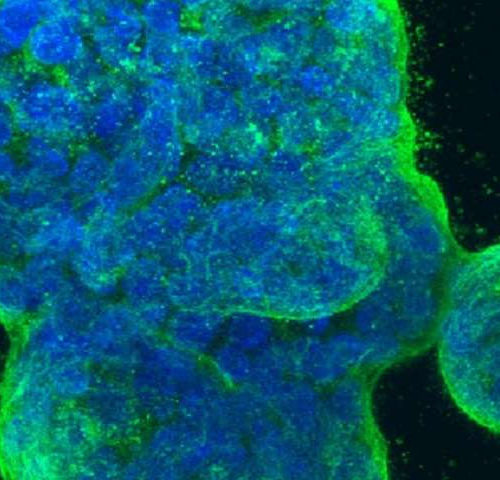by University of Cambridge Three-dimensional culture of human breast cancer cells, with DNA stained blue and a protein in the cell surface membrane stained green. Image created in 2014 by Tom Misteli, Ph.D., and Karen Meaburn, Ph.D. at the NIH IRP. A genetic study in Asian women, led by Malaysian scientists in collaboration with Singapore...
Tag: <span>Polygenic</span>
Putting genomics into practice to combat common diseases
Genomics carries great expectations: the power to help health-care providers assess and assist their patients in managing their individualized risks for common, serious medical conditions, such as cancer and heart disease. However, how to effectively meld genetic risk assessments into health care is a complex question. Several medical research institutions across the nation, including UW...
I have ALS. I wish a polygenic analysis had told me it was coming
By RAHUL DESIKAN If a fortune teller had “read” my future two years ago, I would have learned that I was at high risk of dying. Soon. A year ago I was diagnosed with the disease that killed baseball legend Lou Gehrig. It’s called amyotrophic lateral sclerosis, or ALS, and mine is moving swiftly. I’d have...
What Are Polygenic Scores and Why Are They Important?
Leo P. Sugrue, MD, PhD1; Rahul S. Desikan, MD, PhD1,2 Author AffiliationsArticle Information JAMA. Published online April 8, 2019. doi:10.1001/jama.2019.3893 Mendelian disorders and monogenic traits result from combinations of variants in 1 or a few genes that have a large effect on the propensity for developing a certain disease or characteristic. In contrast, complex traits, such as eye color or cardiovascular disease, are determined by...

